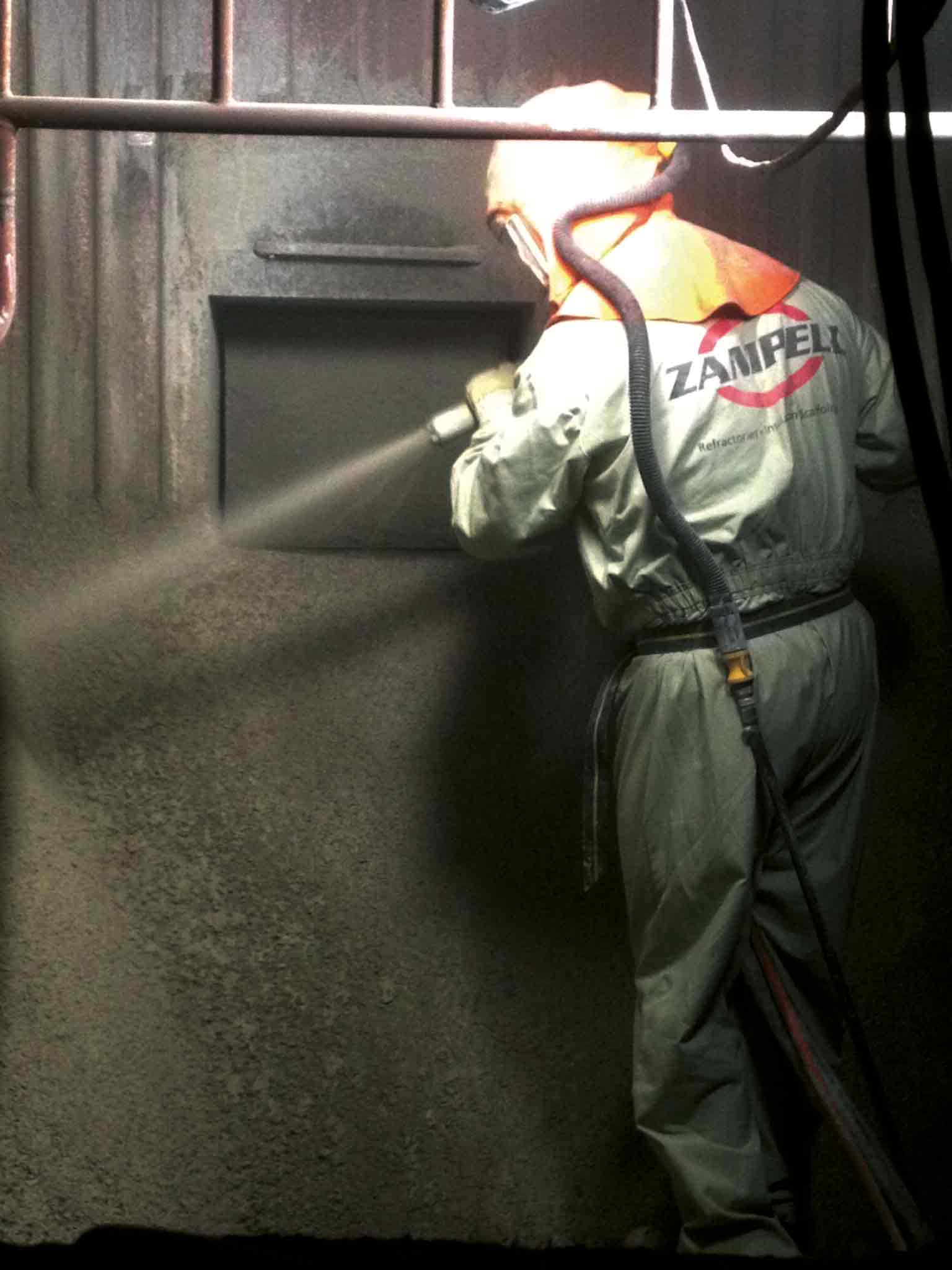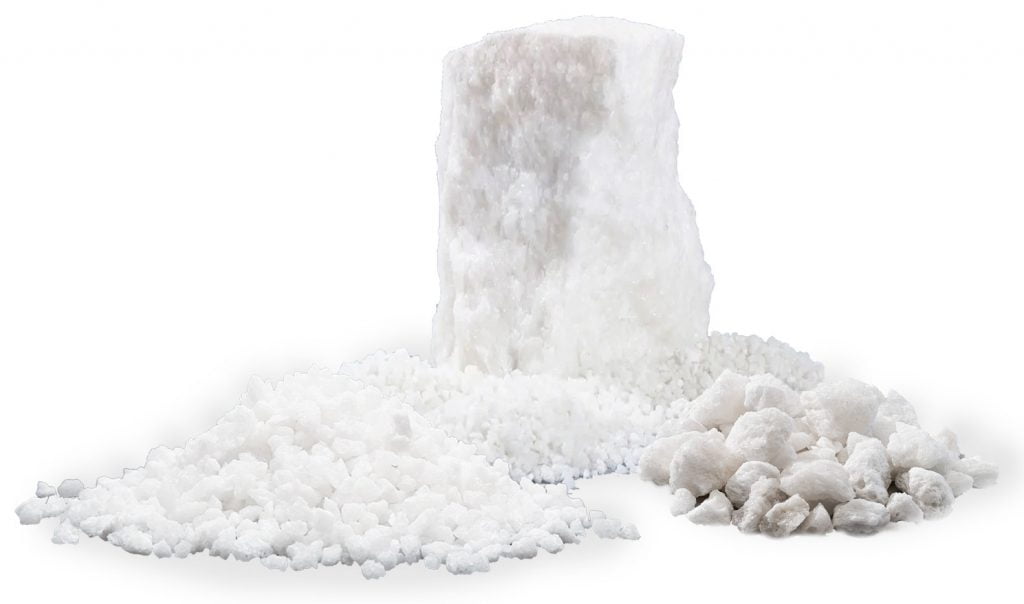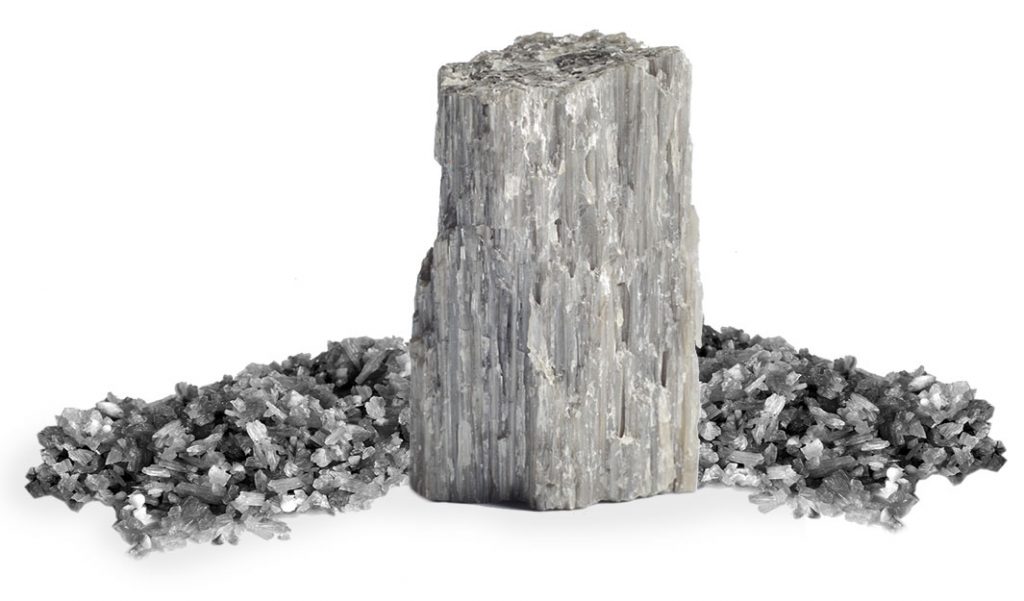Unshaped Refractories
Refractory materials can be classified into two categories based on their physical form: unshaped (monolithic) or shaped refractories.
Monolithic or unshaped refractories do not have a specific geometry and are shaped during use. Despite the long history of monolithic use, which reaches about 8000 years ago, Refractory concretes and cement were used as mortars, aggregates or sprayed concretes just for surface repair and restoration works and they had limited use in the furnace industry. But again in the last century, especially in the last 50 years, they have received a lot of attention.
Compared to shaped refractories, the manufacturing process of unshaped refractories is very easy and does not require heavy investment. Using unshaped refractories reduces Furnace repair time significantly. Their better mechanical resistance against vibration and impact compared to bricks leads to an increase in their lifetime. In spite of their advantages, monolithic possess some disadvantages Storage of unshaped refractories is very difficult due to the change in their moisture content so there is also the possibility of destroying the properties of the material and Predicting the thermodynamic behavior of shaped refractories before the operation is more accurate compared to monolithic.

Some examples of unshaped refractories are as follows:
Plastic refractories: plastic refractories are mixtures that are prepared in a plastic state. These types of refractories are delivered to the consumer in the form of lumps wrapped in polyethylene wrap. When using a large mass of this type of refractory It is cut smaller and without any other action on it, it is gunned or rammed in the desired place. This plastic material is easily transformed into any desired shape.
Ramming Mixes: Ramming Mixes are those that are graded according to their particle size very carefully so that they can be applied more easily. These materials are generally delivered to the consumer in a dry form. When needed, the consumer mixes these refractories with a small amount of water and then uses them. There are some wet ramming mixes that can be used instantly.
Castables: castability means that these materials naturally have the ability to hydraulic set. These refractories are materials that have a percentage of cement binder (usually alumina cement). When mixed with water, these refractories have the ability to be hydraulically set. Calcium aluminate adhesive materials should bond well in these refractories in order to prevent the absorption of moisture into the refractories. In addition to this, the strength of this binder starts to decrease after 6 to 12 months. These materials are applied as castings. They are also known as refractory concretes.
Gunning Mixes: gunning mixtures are refractory materials that are prepared in the form of granules. These granules are sprayed on the intended surface. Various spray guns are used to spray these materials. They gain strength by heat and are used for repair and correction works in furnaces and pans.

High-quality raw materials and precision in production result in refractory material with a long lifetime.
ALTUS



